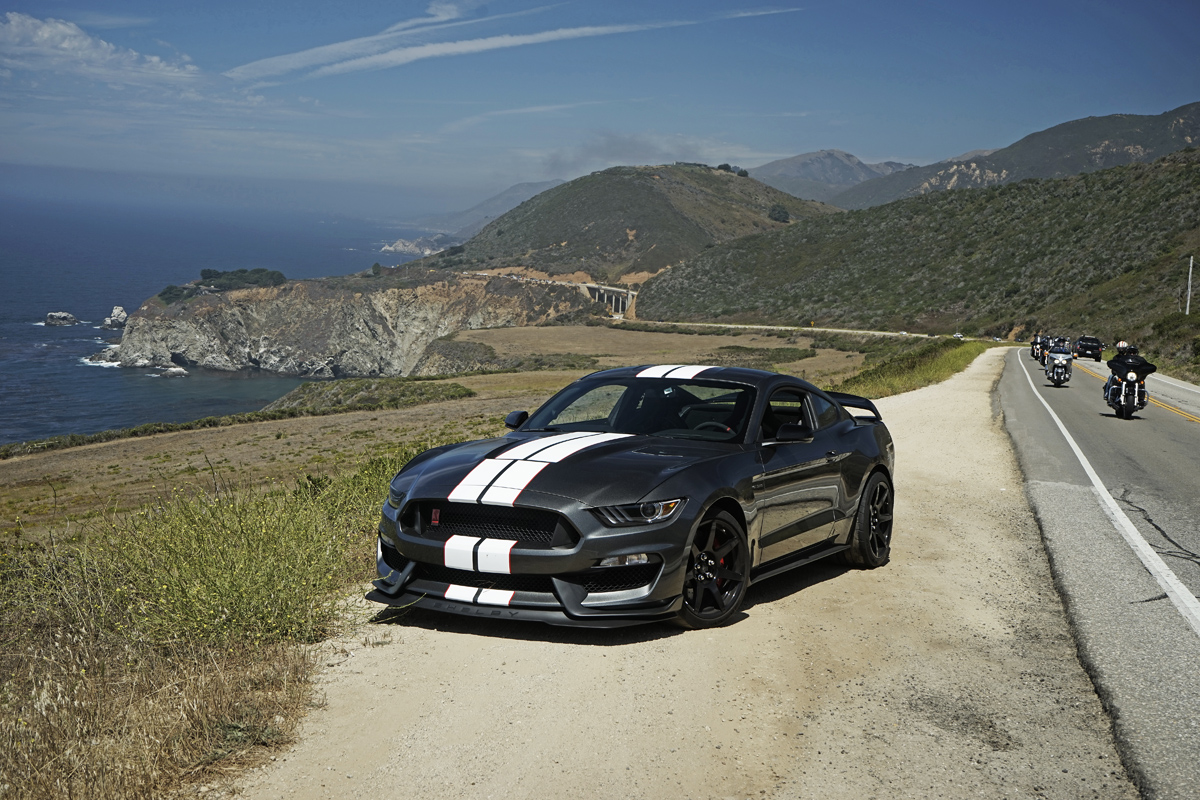Little Fit, Big Potential
Yesterday, I attended a regional press launch event for the 2007 Honda Fit. Over the next few weeks, many more journalists across North America will have their turns at the wheel of this impressive little five-door hatchback like I did. Unfortunately, Honda has placed an embargo on our driving impressions. So while I’m not going to really say much about how well this wee little thing drove, it did run circles around several competing subcompacts that were on hand for comparison purposes (provided by Honda Canada, of course), including a pair of Toyota Yaris’ (one a RS model), a Kio Rio sedan, Chevy Aveo hatch and Hyundai Accent, which we also drove back to back on a small, dynamic testing course complete with slalom, decreasing radius and sharp, chicane turns. It looks like a Honda, drives like a Honda, with everything you expect from a Honda. As the new entry point into Honda ownership, it fits into their current North American lineup very well
The Fit’s innovative features, great styling and performance, fuel economy, low emissions, safety as well as reliability is a great fit for young entry-level or first-time buyers or older buyers on a budget. From what I’ve seen so far, the Fit scores high in all these areas. No real surprise since it was first offered in Japan in the summer of 2001, and has since won several international awards including car of the year honors in Japan, Australia, New Zealand and the U.K. Now selling in 117 countries as of today, Fit’s done just as well in places like Germany, South Africa, Thailand and Brazil. In its first full year on the market, Fit became the first Honda to top the yearly Japanese sales charts with over a quarter-million units sold in its first full year (2002). Well over a million have been sold to date.
Soichiro Honda’s vision for a car for the people was realized with the original 1972/73 Civic. Its trunkless hatchback design based on the “Utility-Maximum” concept represented the future direction for all generations of basic cars to come. A few weeks from now, helped by over 34 years (eight generations) of continuous development and improvement, the release of the Fit in North America will, elevate the Civic range to a new, higher status almost by default. In a way, it’s outgrown its own shoes, now priced and marketed against compact cars like the Chevy Cobalt, Ford Focus, Mazda3, Mitsubishi Lancer, Nissan Sentra, Toyota Corolla and VW Golf/Jetta.
Instead, the Fit is proud, poised and priced right to succeed in the role of Honda’s everyman car. But, by no means does this guarantee the Fit’s success in the marketplace where it will face stiff opposition from the Chevy Aveo/Swift+/Wave, Dodge Caliber, Hyundai Accent, Kia Rio, Nissan Versa, Toyota Yaris and Smart four two models crowding the subcompact category. All are priced below or close to the Fit with similar features.
The 2007 Honda Fit reignites the company’s idea of basic car for the people based on Honda’s “Personal Max” concept. Each Fit trim gets a 1.5L SOHC VTEC four-banger rated (SAE) at 109 hp @ 5,800 rpm and 105 lbs-ft of torque @ 4,800 rpm with a five-speed manual transmission. A first-in-segment five-speed automatic is the other option.
Electronic drive-by-wire throttle control is standard and Fit’s fuel economy (33/38 mpg city/highway) is better than the class average, although not quite on par with a CVT-equipped ’07 Versa or Yaris.
Fit standard safety features include ABS brakes along with front side and side curtain airbags, but it’s the impressive seating and cargo versatility that will win over buyers. As a Honda Element owner myself, I can appreciate the Fit’s Magic Seat concept where the 60/40 rear seats that allows the seatbacks to fold down or the seat bottoms to flip up into four different seating and cargo carrying configurations (refresh mode, tall object mode, long object mode and utility mode). Whereas the Element’s rear seats can be removed and arranged to allow for even more options, the Fit boasts a surprisingly large interior with plenty of room for both passengers and stuff.
Other standard features include a 160-watt AM/FM/CD audio system, power windows and two-tone interior. Exterior styling is not unlike previous generations of the Civic hatchback in overall shape. Despite a short wheelbase, the body-colored encased headlights look sweet! Inside, the Fit is very Honda with a level of materials and refinement not widely found in at this price. The Fit Sport model features steering wheel-mounted paddle shifters (with the automatic transmission option) and includes an underbody kit, rear roofline spoiler, fog lights, security system with keyless remote entry, cruise control, 200-watt AM/FM/CD audio system with 5-mode equalizer, leather-wrapped steering wheel and 15-inch alloy wheels.
The Fit should fit in well over here where subcompacts account for roughly three and 10 percent of all vehicles sold in the U.S. and Canada respectively. Fit won’t get the huge party Civic did in its late 2005 release; however, it may well become the next biggest thing out of Japan for young tuners.
Initially, Fit buyers will be those first-time new car buyers and those looking for a smaller, affordable car with flexibility that Honda is targeting. But, the Fit’s real potential will start to show when enthusiasts begin showing off their modified Fits at shows and races all across the continent with JDM and Euro-spec conversions out the wazoo!
